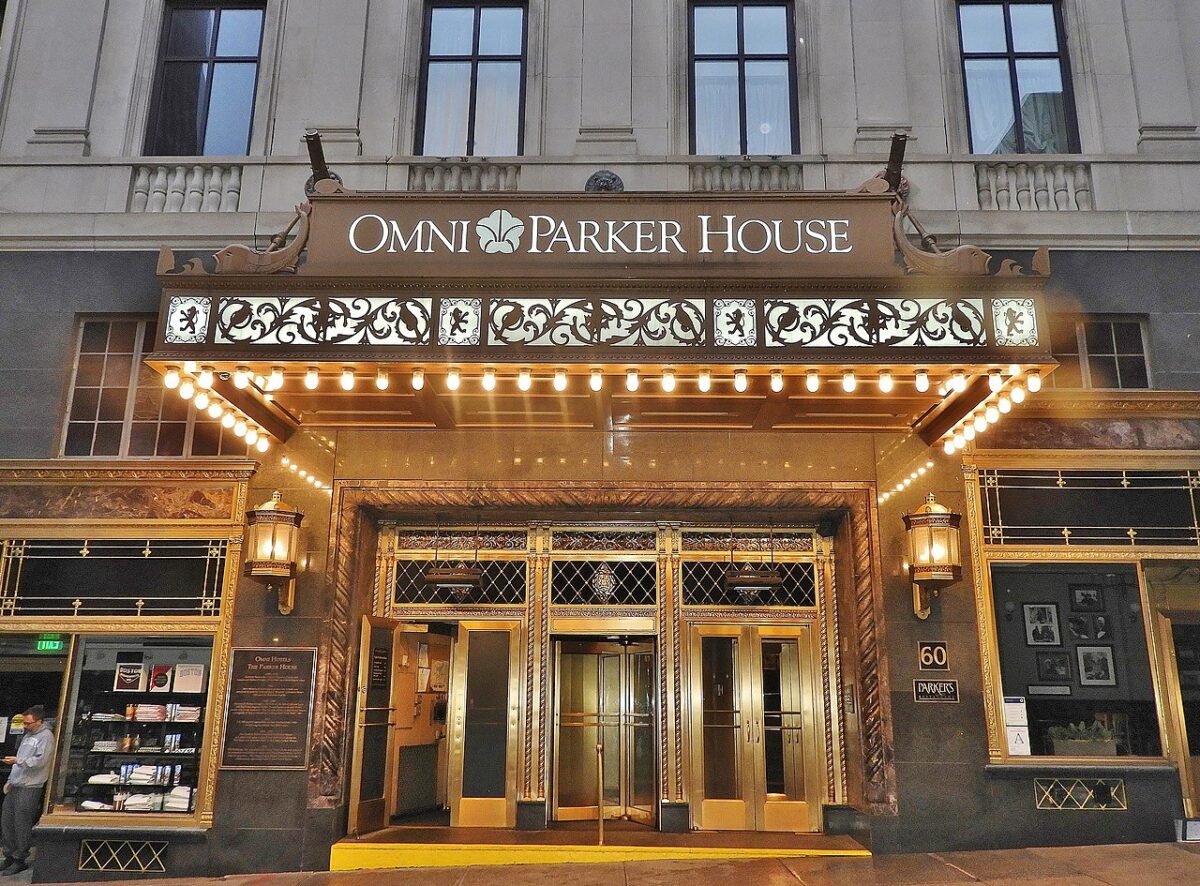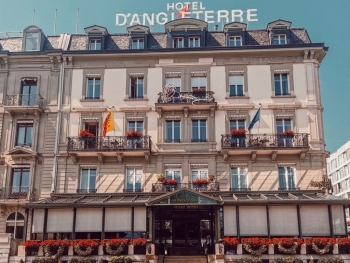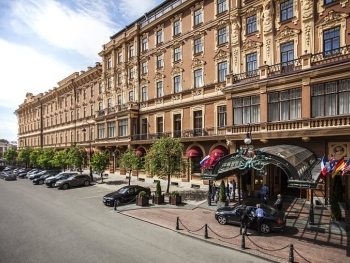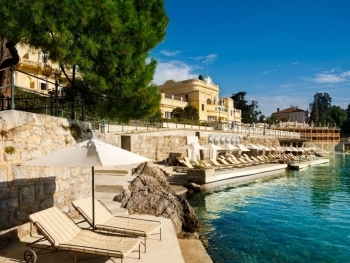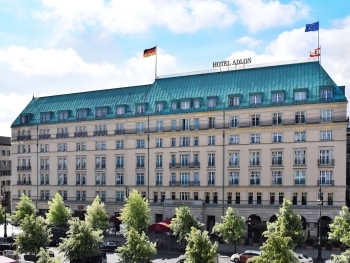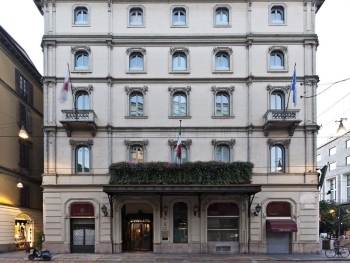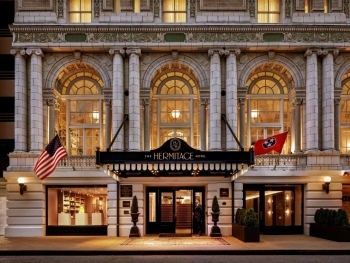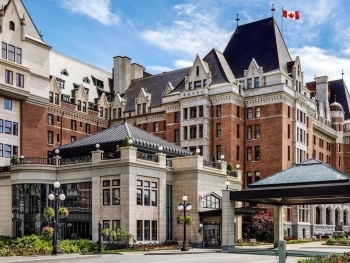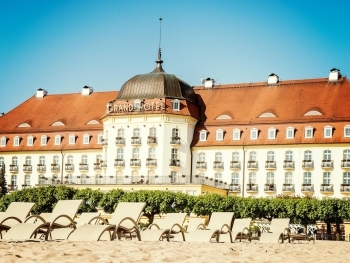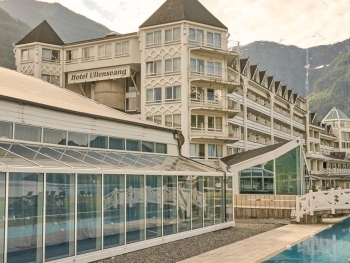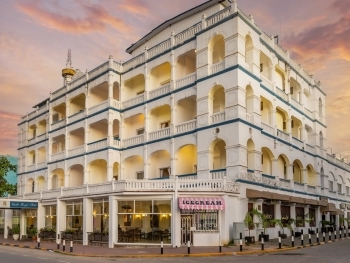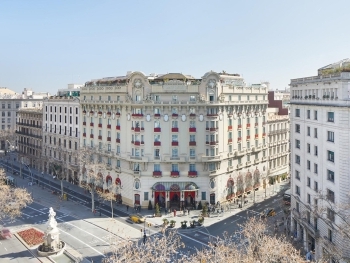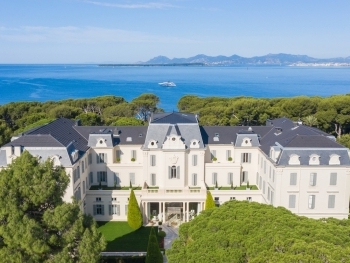Nestled in the heart of Boston, the Omni Parker House Hotel stands as a testament to the city's rich history and vibrant culture. Founded in 1855, it is the oldest continuously operating hotel in the United States and has played host to a plethora of historical events and notable figures. This article delves into the fascinating history, architectural splendor, and cultural significance of the Boston Omni Parker House Hotel.
A Storied History
The Early Years
The Omni Parker House Hotel was established by Harvey D. Parker, a self-made entrepreneur who envisioned creating a luxurious haven for travelers in Boston. Opening its doors on October 8, 1855, the hotel quickly gained a reputation for its opulence and exceptional service. The original building was a striking example of Victorian architecture, featuring ornate interiors, grand ballrooms, and elegant dining rooms.
Famous Guests and Historic Events
Throughout its long history, the Omni Parker House has hosted numerous famous guests, including literary figures, politicians, and celebrities. Notably, Charles Dickens stayed at the hotel during his American tour in 1867-1868 and even gave his first public reading of "A Christmas Carol" in the hotel's Press Room.
The hotel also played a significant role in American politics. John F. Kennedy proposed to Jacqueline Bouvier at Parker’s Restaurant, and later, he announced his candidacy for Congress from the hotel. The Parker House has also been a gathering place for members of the Saturday Club, which included literary giants like Ralph Waldo Emerson, Henry Wadsworth Longfellow, and Oliver Wendell Holmes Sr.
Architectural Marvel
The Original Structure
The original Omni Parker House was designed by renowned architect Isaiah Rogers, who was known for his work on the Astor House in New York City. The hotel featured a blend of Victorian and Second Empire architectural styles, characterized by its mansard roof, intricate ironwork, and opulent interiors.
Renovations and Expansions
Over the years, the hotel underwent several renovations and expansions to accommodate the growing number of guests and to modernize its facilities. The most significant renovation took place in the 1920s, when the original building was replaced with a new 14-story structure, designed by the architectural firm of Clarence Blackall and Associates. This new building retained the elegance of the original design while incorporating modern amenities and fireproof construction.
The most recent renovation, completed in the early 2000s, aimed to restore the hotel’s historical charm while updating its facilities to meet contemporary standards. The meticulous restoration work preserved many of the hotel's original features, including its grand staircase, ornate woodwork, and crystal chandeliers.
Culinary Legacy
Parker’s Restaurant
Parker’s Restaurant, located within the hotel, is a culinary institution in its own right. Established alongside the hotel in 1855, the restaurant has been serving exquisite dishes for over a century. It is famous for being the birthplace of the Boston Cream Pie, the official dessert of Massachusetts, and the Parker House Roll, a buttery dinner roll that has become a staple in American cuisine.
Culinary Innovations
The hotel has also been a launching pad for several renowned chefs. The legendary French chef Auguste Escoffier worked at the Parker House in the late 19th century, bringing his culinary expertise to Boston. In the early 20th century, Ho Chi Minh, the future leader of Vietnam, worked as a baker in the hotel's kitchen, and Malcolm X was employed as a busboy during his youth.
Cultural Significance
Literary Connections
The Omni Parker House has long been a hub for literary figures. The aforementioned Saturday Club met regularly at the hotel, fostering discussions and collaborations among some of the most prominent writers and intellectuals of the 19th century. The hotel's connection to these literary icons has cemented its place in American literary history.
Political Influence
In addition to its literary connections, the hotel has also been a significant venue for political gatherings and events. It was a favorite spot for Boston politicians and has been the site of numerous political meetings and speeches. The Parker House continues to be a popular venue for political events, maintaining its status as a vital part of Boston’s political landscape.
Ghostly Legends
No historic hotel is complete without its share of ghost stories, and the Omni Parker House is no exception. Over the years, guests and staff have reported various paranormal activities, including sightings of Harvey Parker himself. The 10th floor is particularly famous for ghostly encounters, with reports of apparitions and unexplained noises. These ghost stories add an intriguing layer to the hotel's already rich history, attracting ghost hunters and curious visitors alike.
The Boston Omni Parker House Hotel is a living museum of American history and culture. From its grand opening in 1855 to its status as a modern luxury hotel, it has stood the test of time, evolving while preserving its historical essence. Whether you are a history buff, a literary enthusiast, or a traveler seeking a unique and enriching experience, the Omni Parker House offers a captivating glimpse into Boston’s past and present. Its legacy continues to be written, welcoming guests with the same elegance and hospitality that have defined it for over a century and a half.
